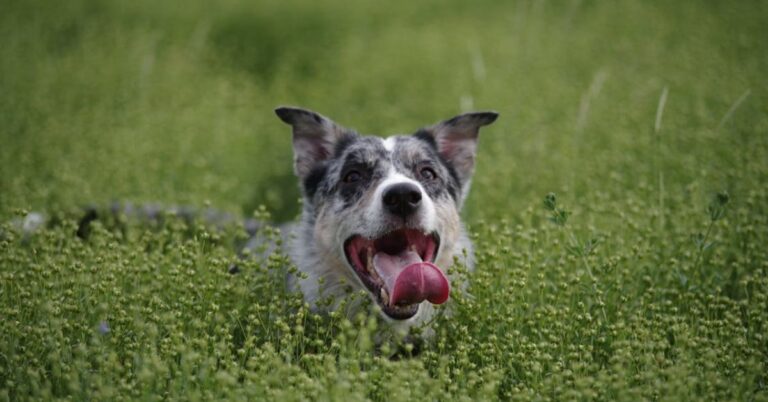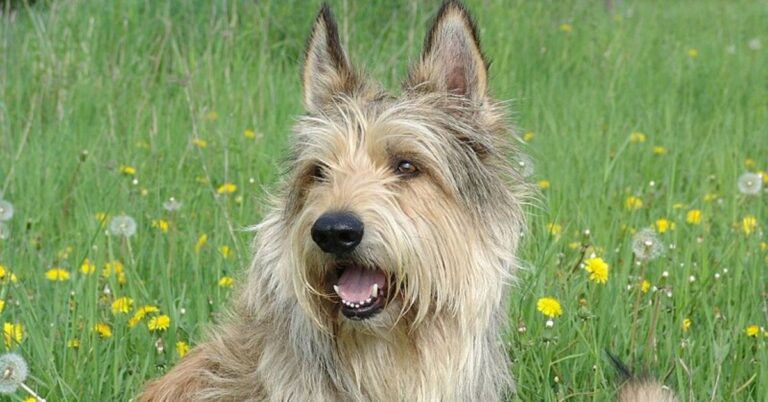15 Interesting Facts About Otterhound

The Otterhound is a breed with a rich history, personality, and qualities that make it a one-of-a-kind breed. Future dog parents will have a fun and fulfilling journey with these water-loving pups by understanding their backgrounds and what they need. So check out these 15 interesting facts about Otterhound that make this awesome dog extra special!
A Hunter’s Best Friend
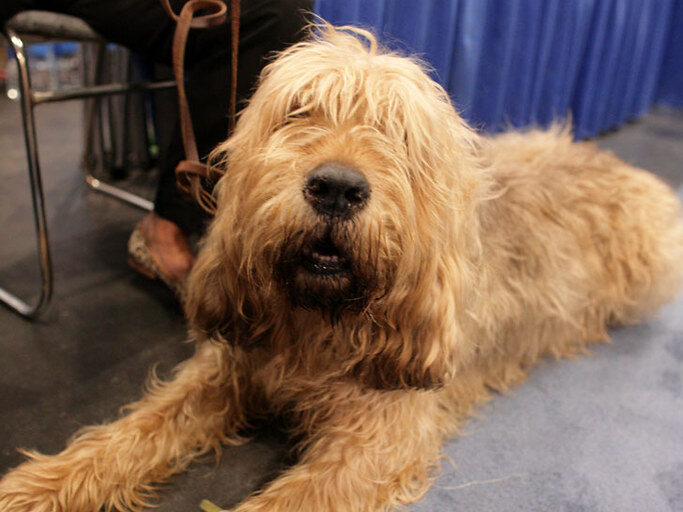
The Otterhound was bred in medieval England specifically for hunting otters, which were considered pests because they ate fish from rivers. Back then, otters were so numerous that they threatened fishing, an important food source. The Otterhound’s sharp sense of smell and love for water made it the perfect partner for hunters tracking otters in rivers and streams.
A Unique Blend of Breeds
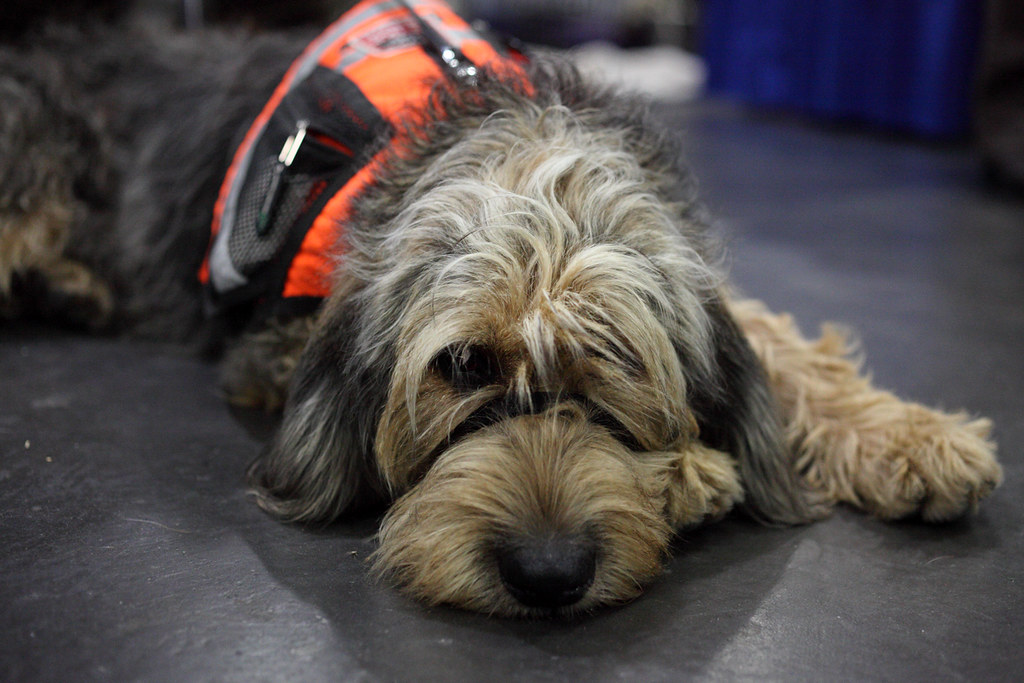
The Otterhound wasn’t just bred from any dog. It’s a mix of several different breeds, including the Bloodhound (known for its powerful nose), the Griffon (famous for its rough coat and determination), and the Harrier (a skilled hunter). This combo gave the Otterhound the perfect balance of traits needed for both land and water hunting.
Big Dogs with Big Hearts
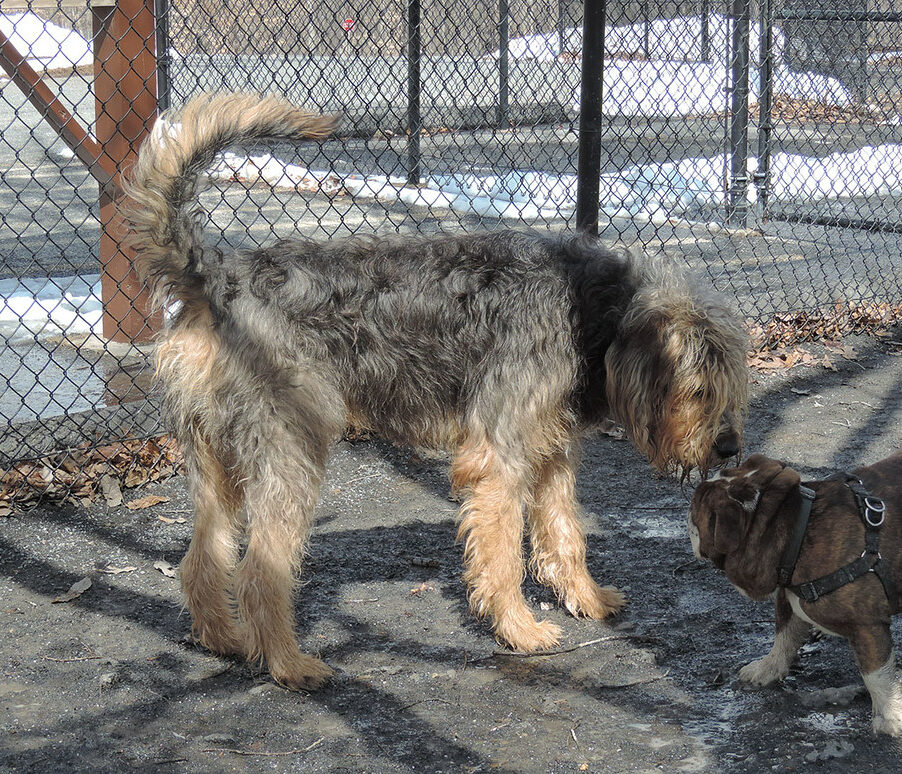
These dogs are quite large, with males typically weighing between 95 to 115 pounds and females slightly smaller. Standing between 24 to 27 inches at the shoulder, their size can be intimidating to some, but Otterhounds are super famous for being gentle giants. Despite their muscular build and hunting background—they are easygoing, friendly, and get along well with children and other pets.
Loves the Water
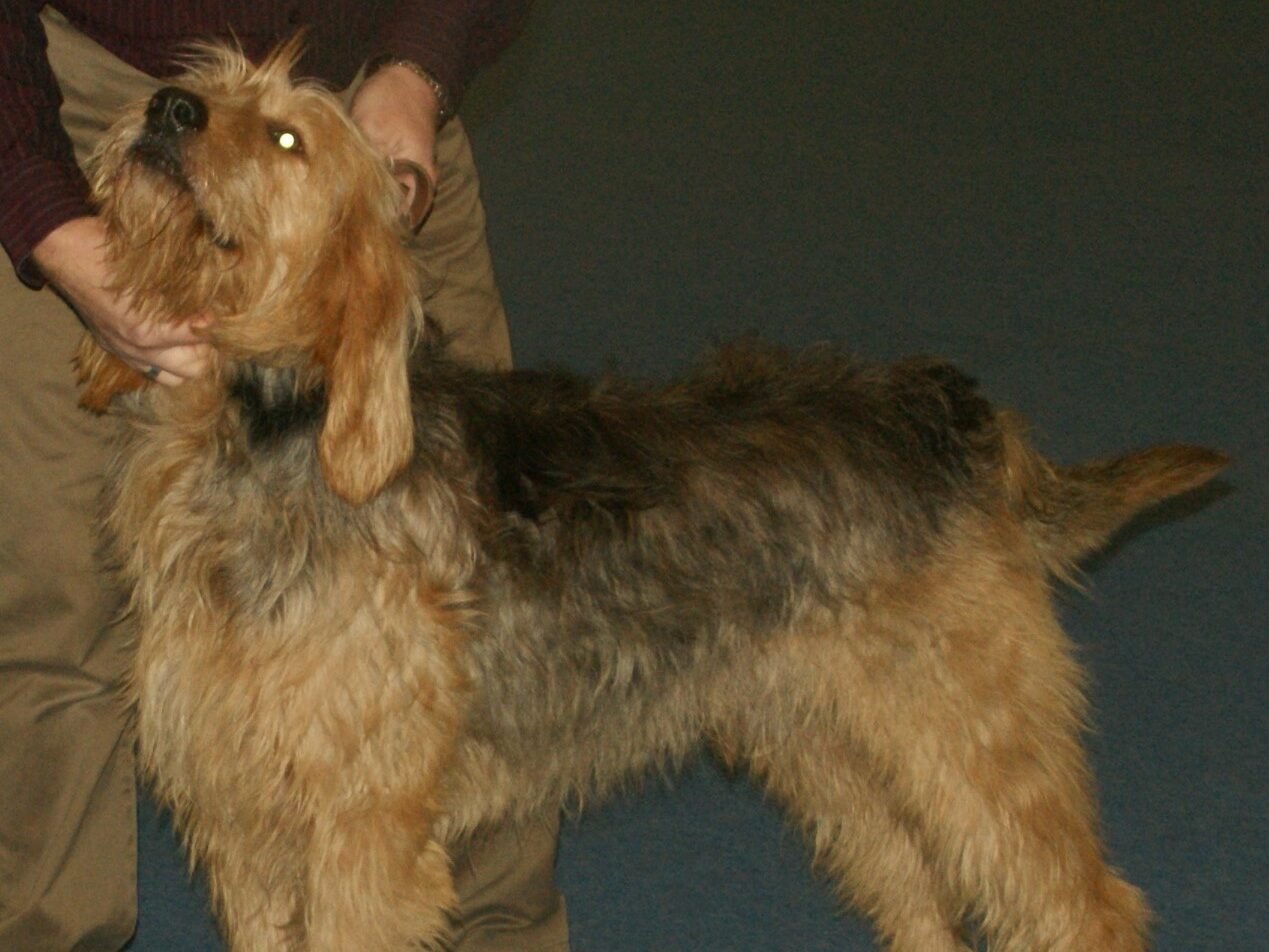
True to their name, Otterhounds absolutely love water. Their strong legs and feet make them natural swimmers, and they’re happiest when they splash around in a lake, river, or even pool. If you’re thinking of an Otterhound as a pet, you’ll likely need to give them plenty of opportunities to swim—it’s an amazing way for them to burn off energy while doing what they love!
Shaggy and Weather-Resistant Coat
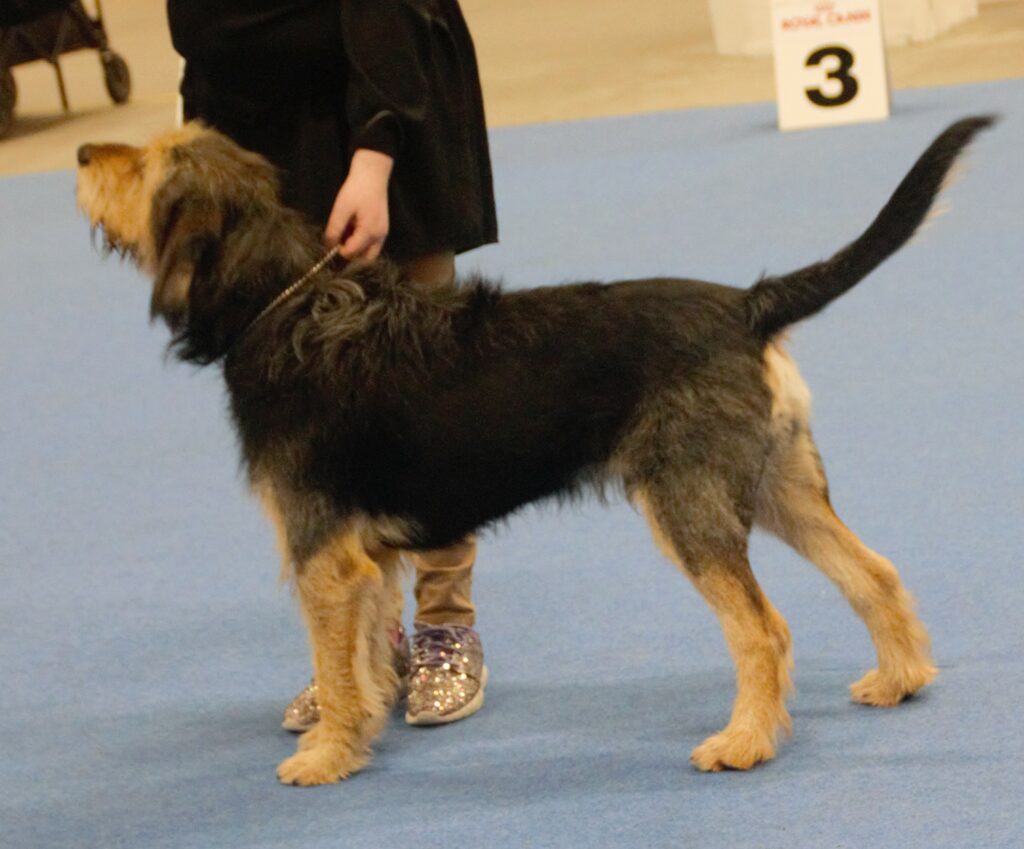
One of the coolest things about the Otterhound is its thick, rough, and shaggy coat. It keeps them warm in cold water and protects them from tough weather when they’re out hunting. They need some regular grooming to prevent mats and tangles. Just a bit of brushing each week, along with the occasional bath, will help them look and feel great.
Webbed Feet for Swimming
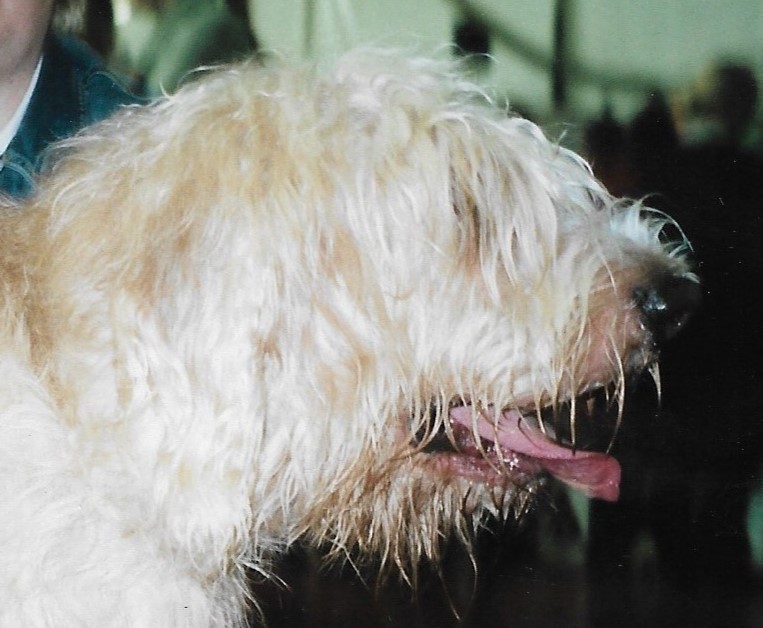
A fun fact about Otterhounds is that they have webbed feet, just like ducks! This cool feature makes them fantastic swimmers and is one of the reasons they were so great at tracking otters in the water. Their wide toes help them paddle easily through rivers and lakes—giving them a real edge in all kinds of water activities.
A Nose Like No Other
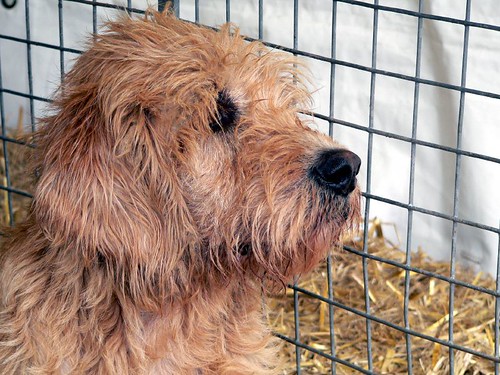
Otterhounds are one of the best dog breeds when it comes to their sense of smell. They can follow a scent trail that’s over 12 hours old, even across water. This amazing ability helped them shine as hunters back in the day. Nowadays their super strong noses make them perfect for scent-related activities like tracking sports or search and rescue missions.
Friendly, Playful, and Fun
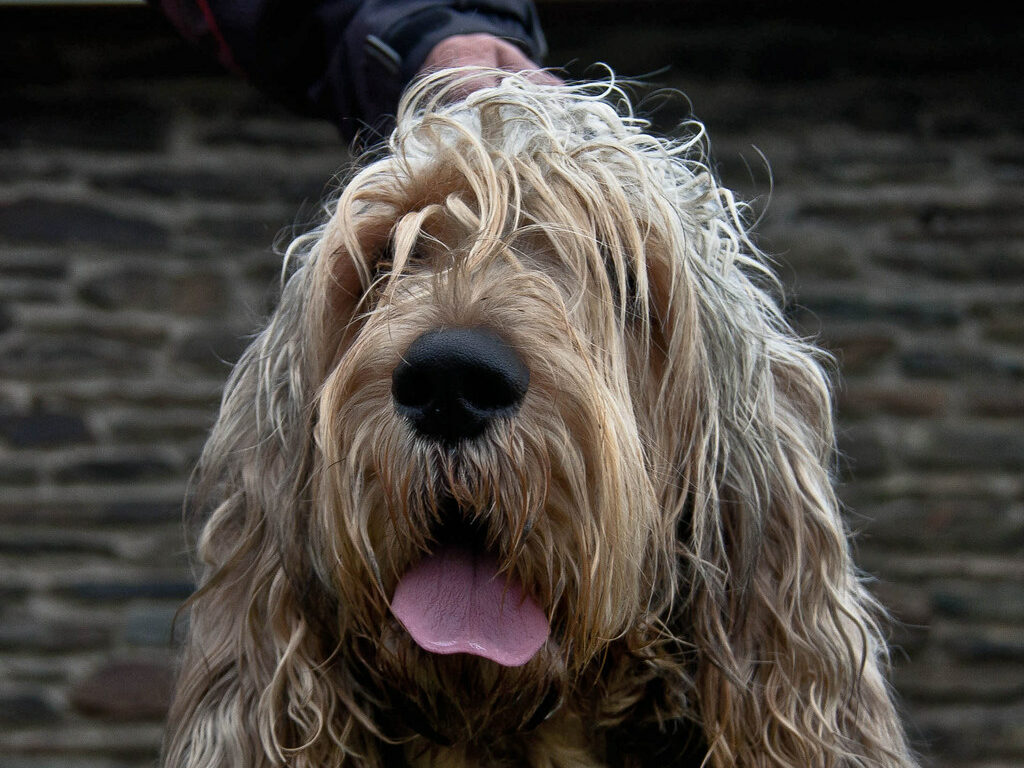
Even though Otterhounds have a history as working pups, they’re known for being friendly, social, and full of energy. They love to play and are especially great with kids. These gentle canines enjoy hanging out with their families and often show off their goofy side—making their owners laugh with their silly antics.
Independent Yet Intelligent
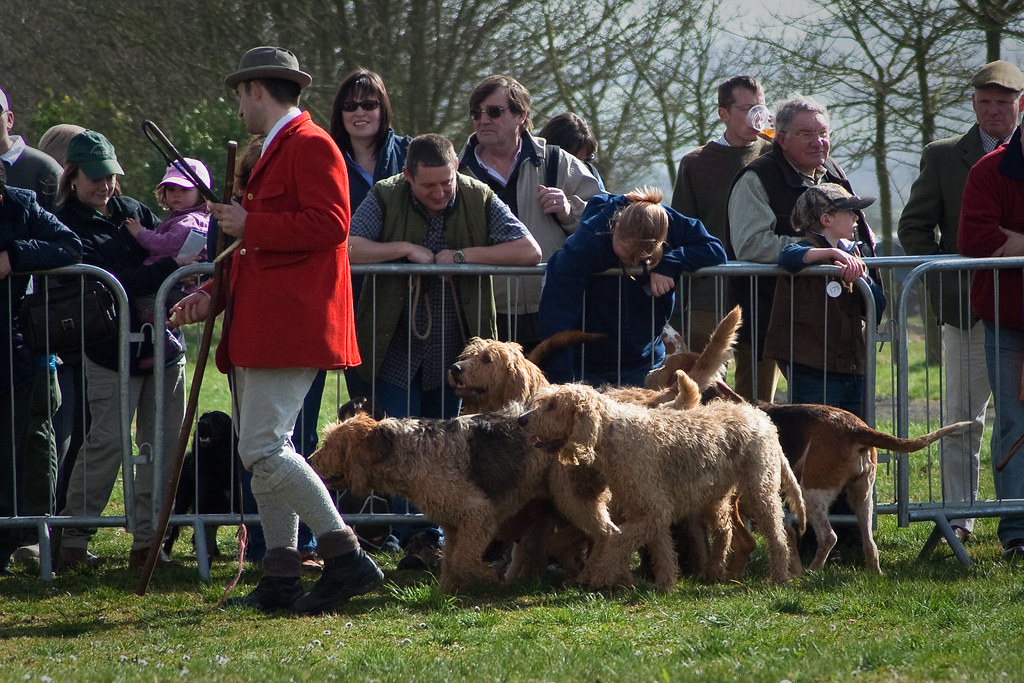
There’s no doubt that Otterhounds are smart dogs, but they also have a bit of an independent streak. This can make them a little stubborn at times, which can make training super tricky. However, they can definitely learn commands and become well-behaved pets with some patience and consistency. Positive reinforcement is the way to go with these pups—they really respond well to praise and treats!
Grooming Needs
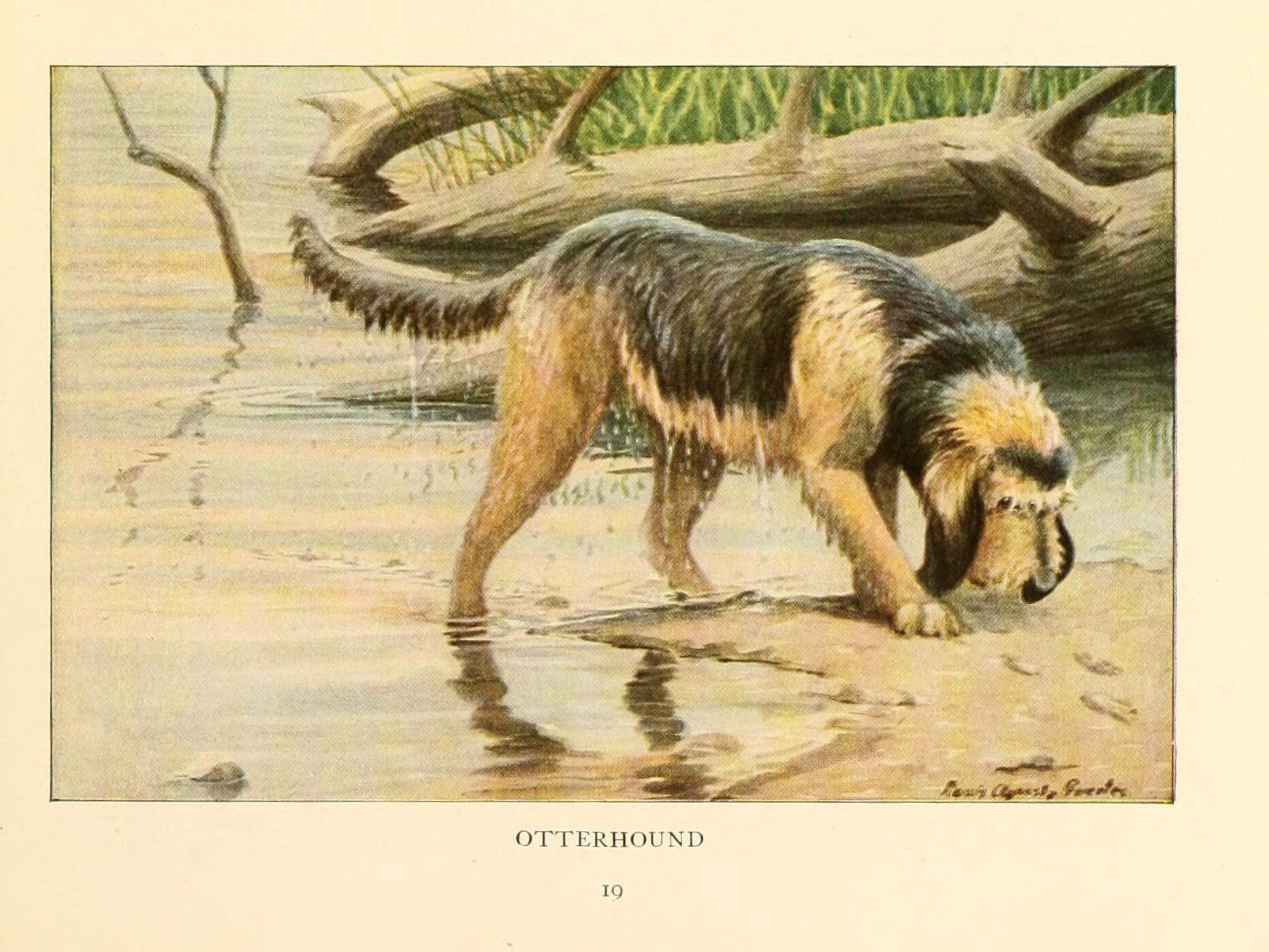
Remember that shaggy coat we talked about earlier? It needs regular grooming to avoid any messy tangles and knots. Brushing your canine’s coat a few times a week is super important—especially after swimming or playing outside. Why? Because debris can easily get stuck in their fur. They don’t need baths all the time, but it’s a good idea to clean their ears regularly to help prevent infections.
Best in Spacious Homes
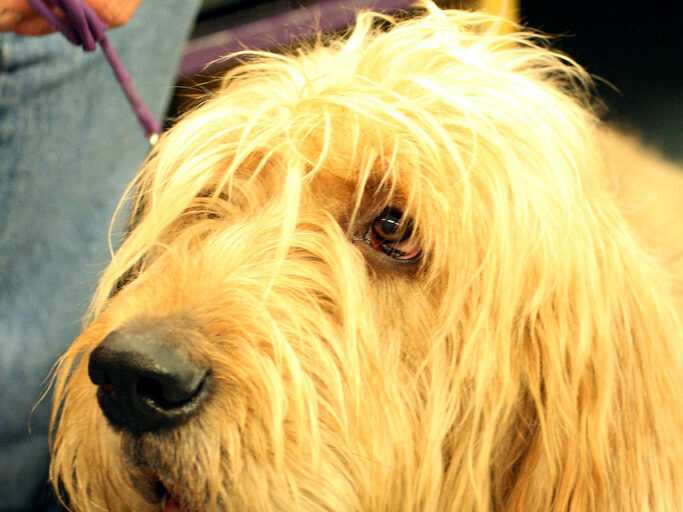
Because of their size and need for exercise, Otterhounds do best in homes with plenty of space. They’re not cut out for apartment living since they need room to move around and explore. A house with a yard or easy access to a park or open area is perfect for them to burn off energy. However, as long as they get enough physical activity, they can be happy in all kinds of environments.
Loving and Loyal Dogs
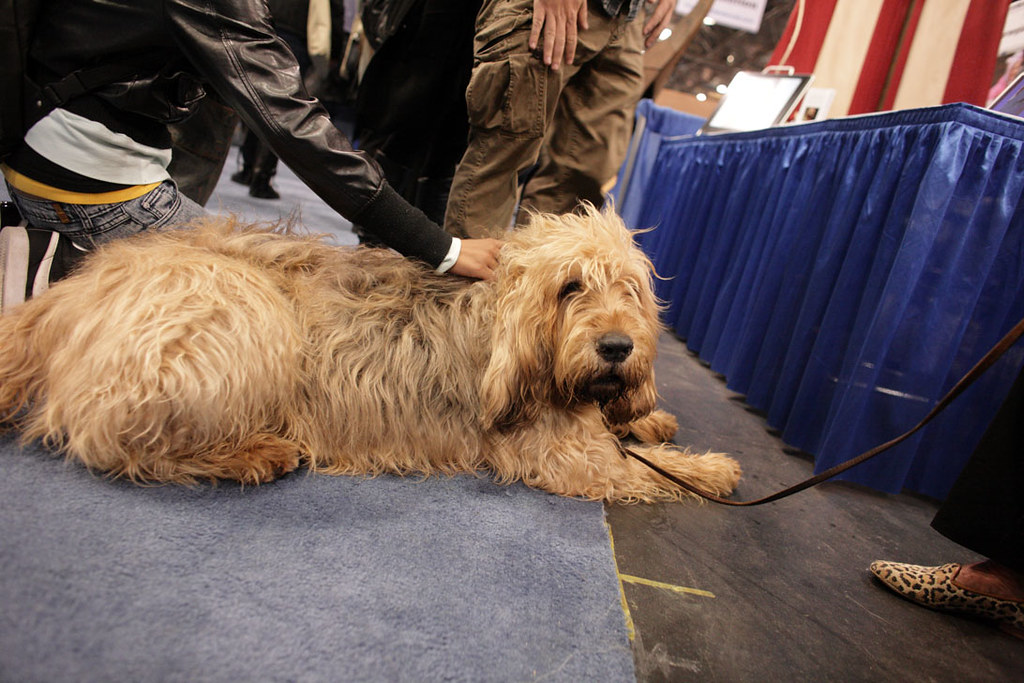
One of the most lovable traits of the Otterhound is its loyalty. These canines form super strong bonds with their owners and are affectionate. They thrive on companionship and often follow their humans around, wanting to be part of everything. Whether they’re working as hunting buddies or just chilling at home, Otterhounds are dedicated and protective, which makes them great watchdogs, too.
High Energy, Needs Lots of Exercise
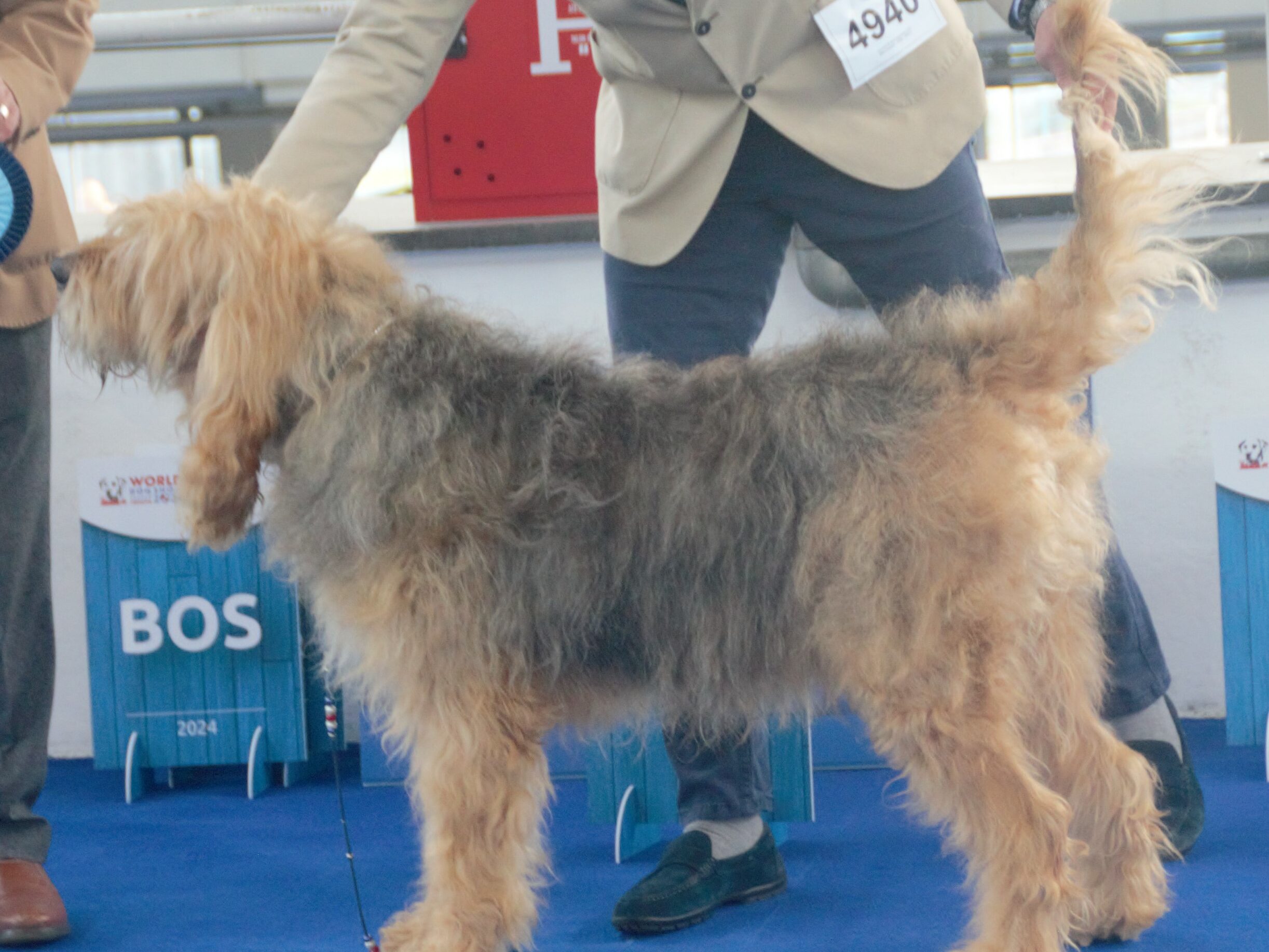
As hunting dogs, Otterhounds were bred to be active and hardworking and still have plenty of energy today. They need lots of activity (think daily walks, playtime, or swims) to stay healthy and happy. If they don’t get enough physical activity, they might get into trouble by chewing on your furniture or even your favorite pair of socks.
Health Issues to Watch For
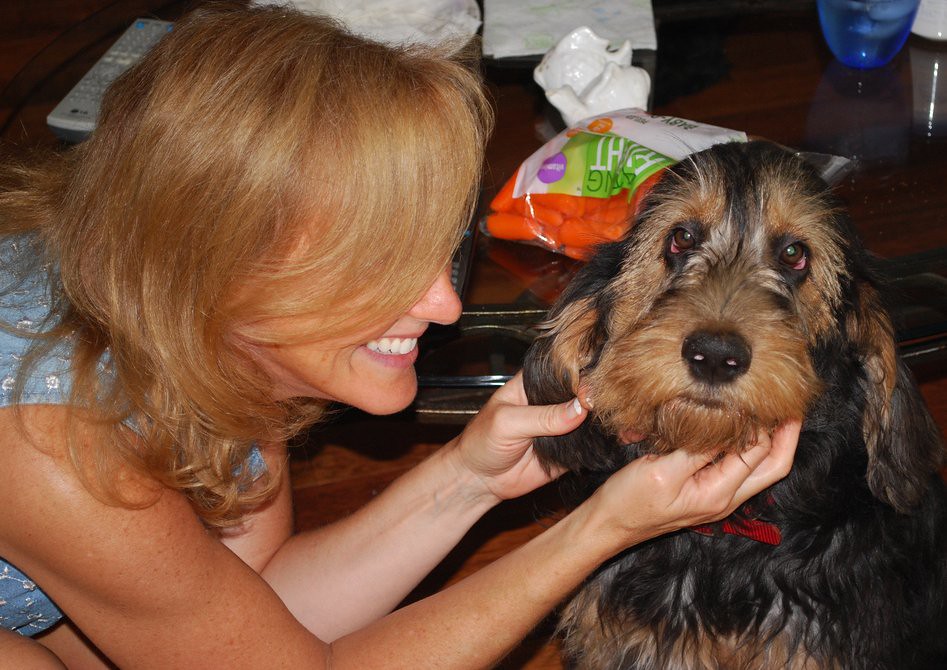
Like many larger breeds—Otterhounds can be prone to certain health issues. Some of the most common ones are hip dysplasia, bloat (a very serious stomach condition), and ear infections because of their floppy ears. Routine check-ups, a healthy diet, and exercise can help lessen the risk of these problems and keep your pup healthy and happy!
A Rare Breed
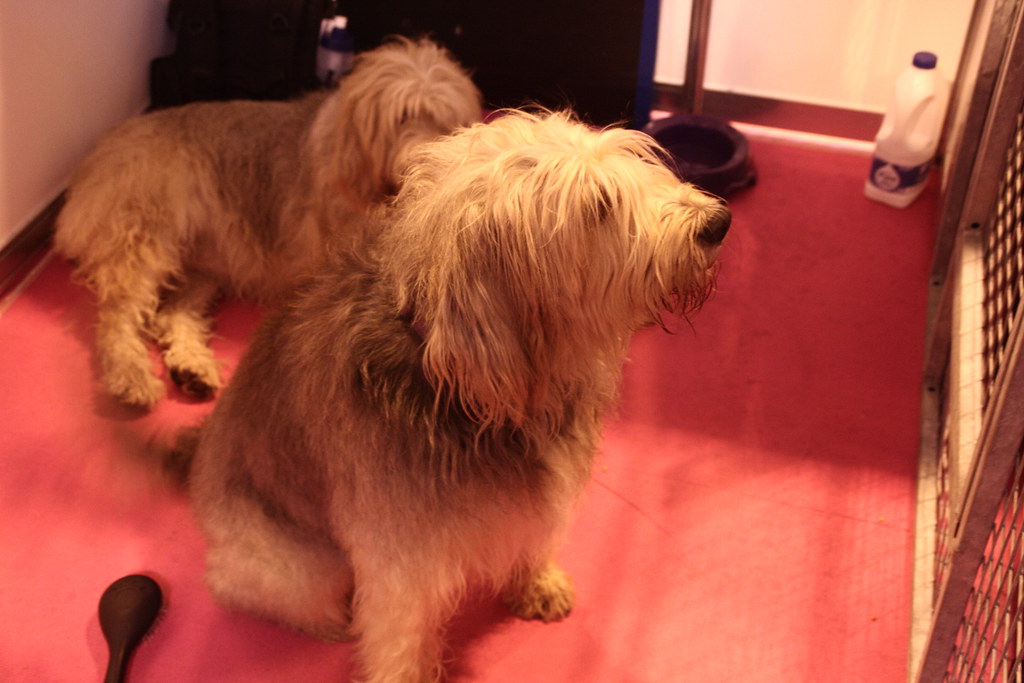
Otterhounds are considered a rare breed, with only a few hundred left in the world. This makes them one of the most endangered dog breeds out there. Fans and breeders are putting in a lot of effort to save the breed and keep it from vanishing. If you’re lucky enough to own an Otterhound, you’re playing a part in protecting a piece of canine history.



